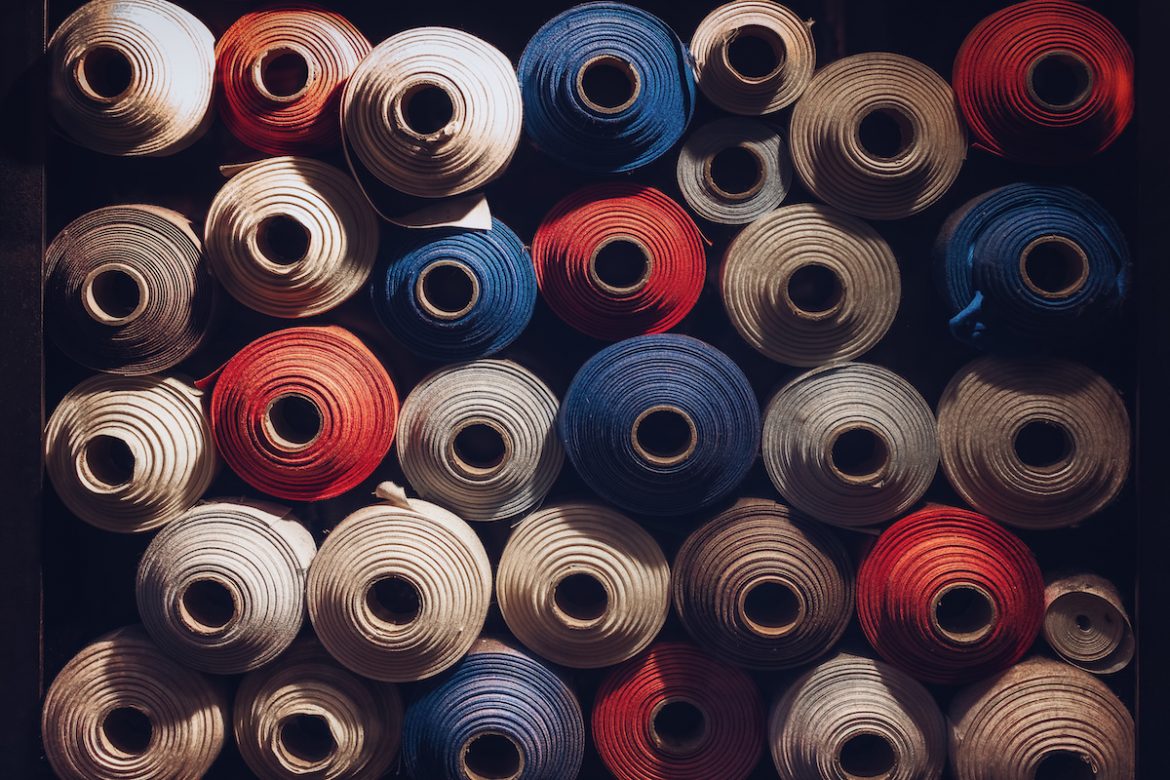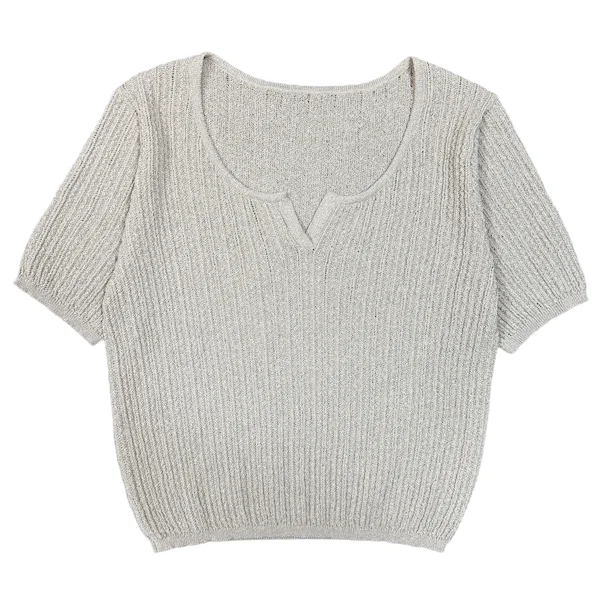In the world of textiles, the distinction between natural and synthetic fabrics is crucial for consumers, designers, and manufacturers alike. Synthetic fabrics, such as polyester, nylon, and acrylic, have become increasingly popular due to their durability, affordability, and versatility. However, being able to differentiate between synthetic and natural fabrics is essential to make informed decisions when purchasing clothing or textiles. So, how can you tell if fabric is synthetic? Let's delve into the intricacies of fabric identification to uncover the key indicators.
- Burn Test: One of the most reliable methods to determine if a fabric is synthetic is the burn test. By carefully burning a small piece of the fabric and observing the flame, smoke, and residue, you can gather valuable information. Synthetic fabrics tend to melt and produce black smoke with a chemical odor, leaving behind hard, bead-like residue. In contrast, natural fabrics like cotton and wool will burn and produce a soft ash with a distinct smell.
- Visual Inspection: A close visual inspection of the fabric can also provide clues about its composition. Synthetic fabrics often have a uniform texture, consistent color, and a shiny appearance. They may feel smooth to the touch and have a slight sheen. Natural fabrics, on the other hand, may exhibit variations in texture, color, and weave, and may feel softer and more breathable.
- Water Absorption Test: Another simple test to differentiate between synthetic and natural fabrics is the water absorption test. Synthetic fabrics are hydrophobic, meaning they repel water. If you sprinkle a few drops of water on the fabric and they bead up or roll off without being absorbed, it is likely synthetic. Natural fabrics, such as cotton and linen, will absorb water readily.
- Label Check: Checking the garment or textile label is a quick way to identify synthetic fabrics. Manufacturers are required to disclose the fabric content on the label, so look for terms like polyester, nylon, acrylic, or spandex, which indicate synthetic materials. However, keep in mind that some blends may contain a combination of natural and synthetic fibers.
- Fabric Characteristics: Understanding the unique characteristics of different fabrics can also help in identifying synthetics. For example, polyester is known for its wrinkle resistance and quick-drying properties, while nylon is lightweight and durable. Acrylic fabrics often mimic the look and feel of wool but are typically less breathable.
By combining these methods and paying attention to details, you can become adept at recognizing synthetic fabrics with confidence. Whether you are a fashion enthusiast, a savvy shopper, or a textile professional, being able to distinguish between natural and synthetic fabrics will empower you to make informed choices and appreciate the diverse world of textiles.
In conclusion, the ability to identify synthetic fabrics is a valuable skill that can enhance your understanding of textiles and elevate your shopping experience. By utilizing a combination of burn tests, visual inspections, water absorption tests, label checks, and fabric characteristics, you can unravel the mysteries of fabric composition with precision. Embrace the art of fabric identification and embark on a journey of discovery in the realm of textiles.




